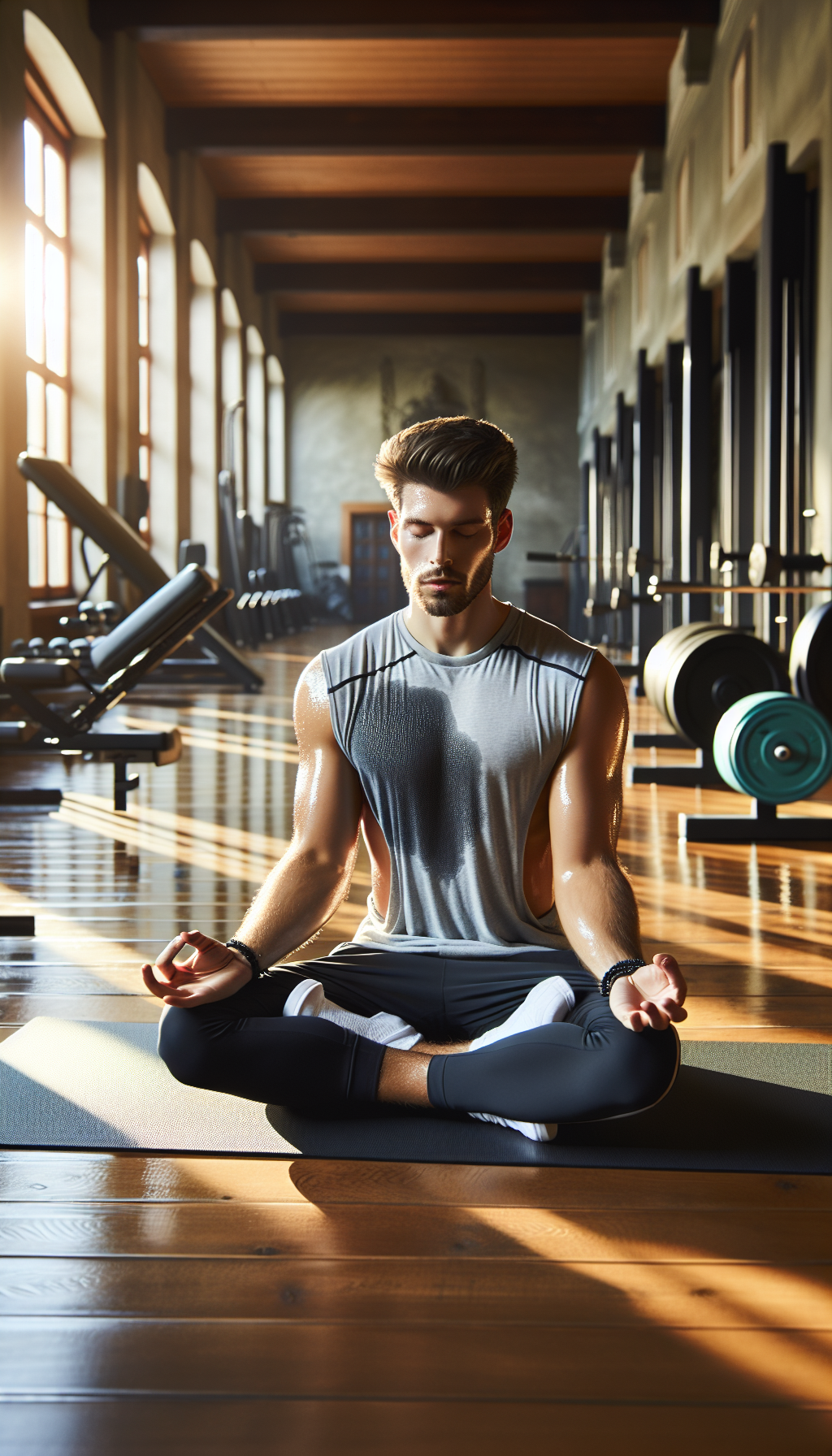Anxiety is a prevalent mental health condition that affects millions of people worldwide. While there are various methods to manage anxiety, physical activity is increasingly recognized as a powerful tool for reducing anxiety levels. In this comprehensive guide, we’ll explore the connection between physical activity and anxiety reduction, offering insights into how exercise can be a cornerstone of mental well-being.
Physical activity is more than just a means to improve physical fitness; it’s a multifaceted wellness strategy that can profoundly impact mental health. Various studies have highlighted the positive effects of regular exercise on anxiety, suggesting that it can be as effective as other treatments, such as medication or therapy. Let’s delve into the mechanisms by which exercise can mitigate anxiety and provide practical tips for incorporating physical activity into your daily routine to promote both mental and physical health.
The Science Behind Exercise and Anxiety Alleviation
The human body responds to physical activity by releasing endorphins, the so-called "feel-good" hormones. These natural mood lifters play a crucial role in reducing perceived stress and anxiety. Furthermore, engaging in exercise helps to decrease the body’s stress hormones, such as adrenaline and cortisol, creating a natural balance that fosters a state of relaxation.
Regular physical activity also contributes to enhanced cardiovascular health, which is intricately linked to mental well-being. For more detailed information on how exercise improves cardiovascular functioning, you can read the in-depth article on Cardiovascular Health.
Beyond the biochemical impacts, exercise can also provide psychological benefits. The act of focusing on a physical task can serve as a form of mindfulness, diverting attention away from anxiety-inducing thoughts. Additionally, the sense of accomplishment and increased self-esteem that often follow a workout session can further alleviate feelings of anxiety.
Types of Physical Activity for Anxiety Reduction
Not all forms of exercise are created equal when it comes to anxiety management. The most beneficial activities are those that are rhythmic and involve multiple muscle groups. Here are several types of exercise known for their anxiety-reducing properties:
- Aerobic Exercise: Running, cycling, swimming, and brisk walking are all excellent aerobic activities that can help reduce anxiety.
- Strength Training: While often associated with physical prowess, strength training can also be a potent anxiety reliever. For tips on effective strength training, consider reading Beginner Tips for Effective Strength Training.
- Yoga: The combination of movement, breathing, and meditation in yoga can be particularly beneficial for those with anxiety. The interplay of yoga with high-intensity fitness training is explored in How Yoga Complements High-Intensity Fitness Training.
- Tai Chi: This gentle form of exercise is often described as "meditation in motion" and can be especially calming for those with anxiety.
Establishing a Routine for Long-Term Benefits
For physical activity to be effective in reducing anxiety, consistency is key. Here are several strategies to help make exercise a regular part of your life:
- Set Realistic Goals: Begin with attainable goals and gradually increase the intensity and duration of your workouts.
- Find Activities You Enjoy: You’re more likely to stick with an exercise routine if it’s something you look forward to doing.
- Create a Schedule: Carve out specific times in your week for physical activity and treat them as important appointments.
- Track Your Progress: Use a fitness tracker to monitor your activity levels and motivate yourself. For insights into maximizing your fitness tracker’s potential, check out How to Get the Most Out of Your Fitness Tracker.
Overcoming Obstacles to Exercise
While understanding the benefits of exercise for anxiety reduction is one thing, actually putting that knowledge into practice can be challenging due to various barriers. Here are some common obstacles and tips for overcoming them:
- Lack of Time: Incorporate short bouts of activity throughout your day, such as walking during lunch breaks or doing bodyweight exercises at home.
- Low Energy: Start with less intensive activities and gradually build up your stamina.
- Poor Weather Conditions: Have a backup plan for indoor activities, such as online workout videos or indoor swimming.
External Resources for Deeper Understanding
To further substantiate the points made and provide additional insights, the following are niche, high-quality resources worth exploring:
- Anxiety and Depression Association of America – Delves into the connection between stress, anxiety, and exercise with practical advice.
- Harvard Health Publishing – Offers a deep dive into how exercise can be a treatment for anxiety.
- National Center for Biotechnology Information – Features a comprehensive study on the effects of physical activity on anxiety.
- Psychology Today – Provides insights into how exercise can prevent and treat anxiety from a psychological perspective.
Conclusion
Physical activity is a powerful, natural, and accessible method for managing anxiety. It offers both immediate relief and long-term benefits for mental health. By understanding the relationship between exercise and anxiety reduction, and by incorporating regular physical activity into your daily routine, you can harness its full potential for a calmer and more balanced life. Remember, the journey to better mental health through exercise is a marathon, not a sprint. Take it one step at a time, and be patient with yourself as you work towards a more tranquil mind and a healthier body.



